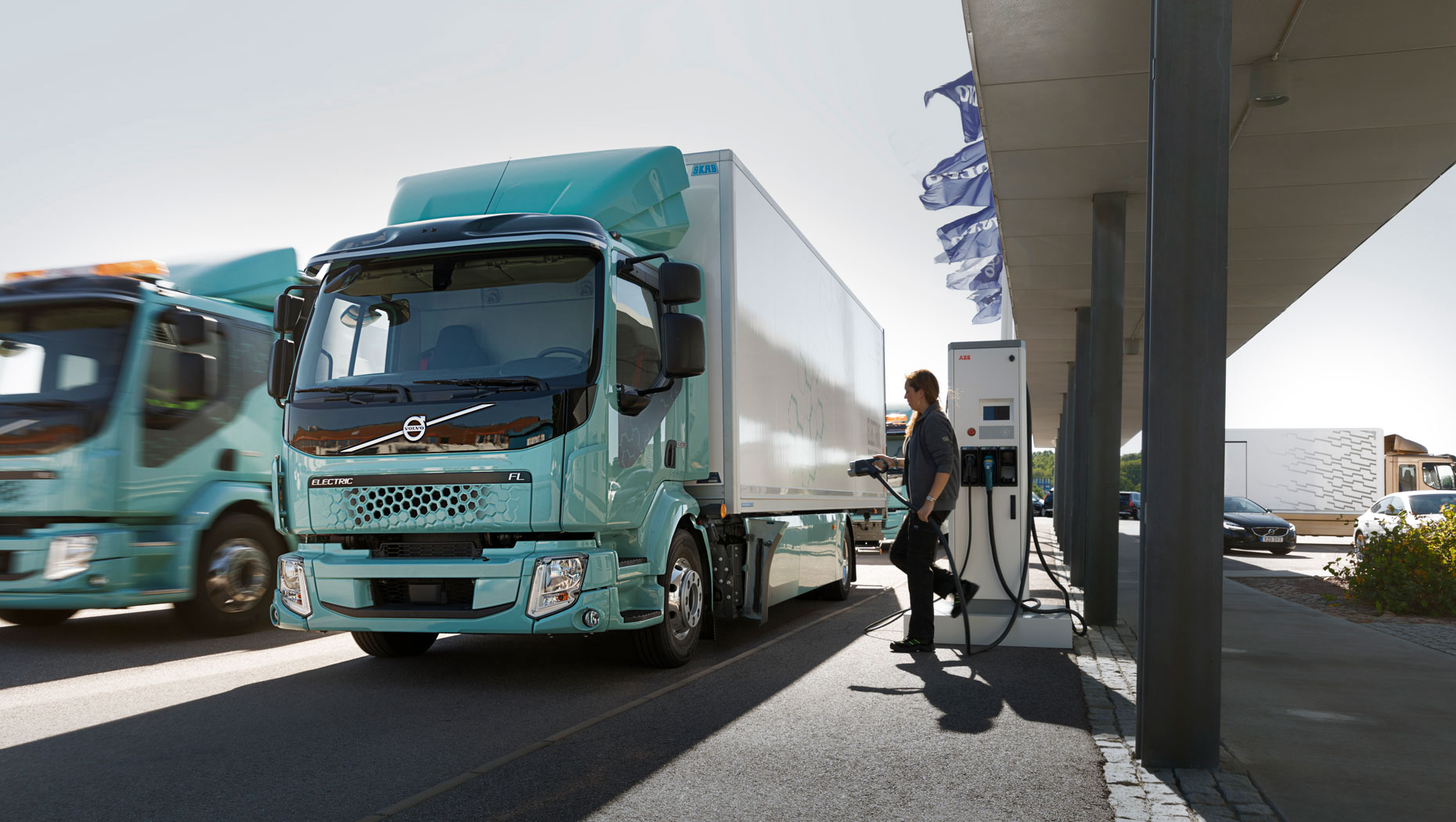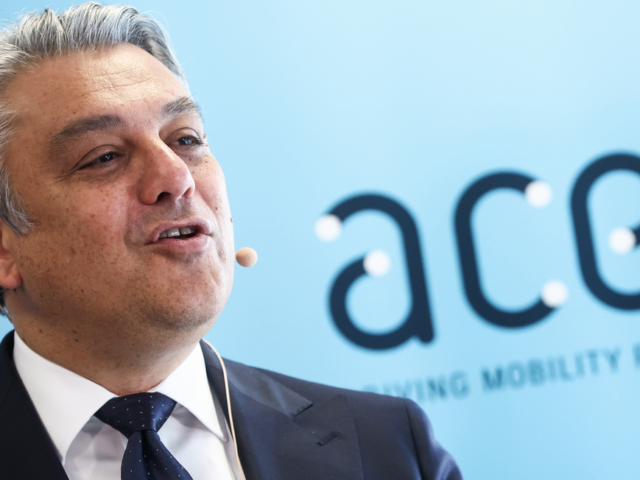
Stricter EU CO2 standards for buses and trucks

The EU has adopted stricter CO2 emissions targets for trucks and buses/Volvo
The European Parliament has approved stricter CO2 standards for buses and trucks. This includes the requirement that all new buses should be


Comments
Ready to join the conversation?
You must be an active subscriber to leave a comment.
Subscribe Today